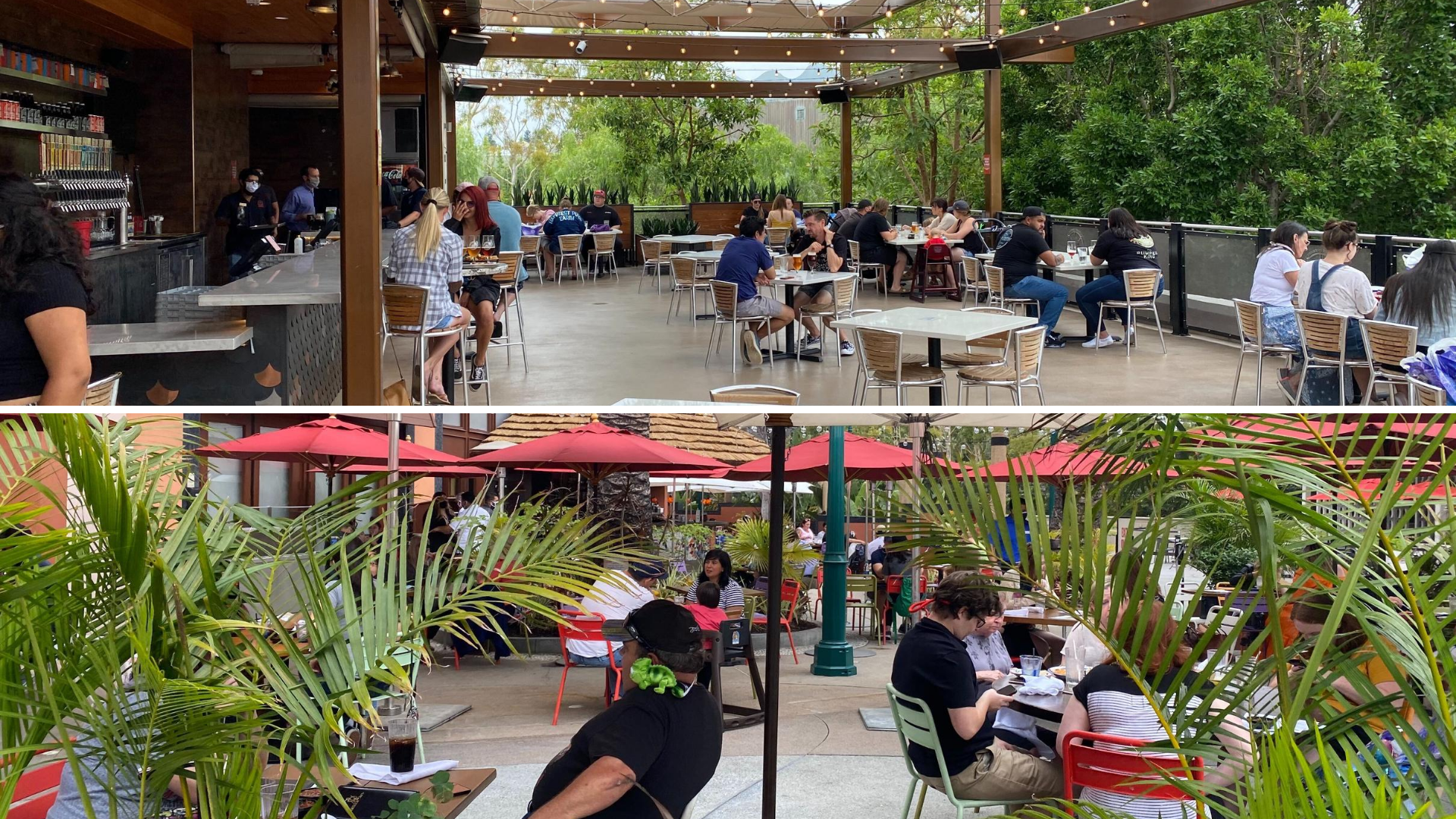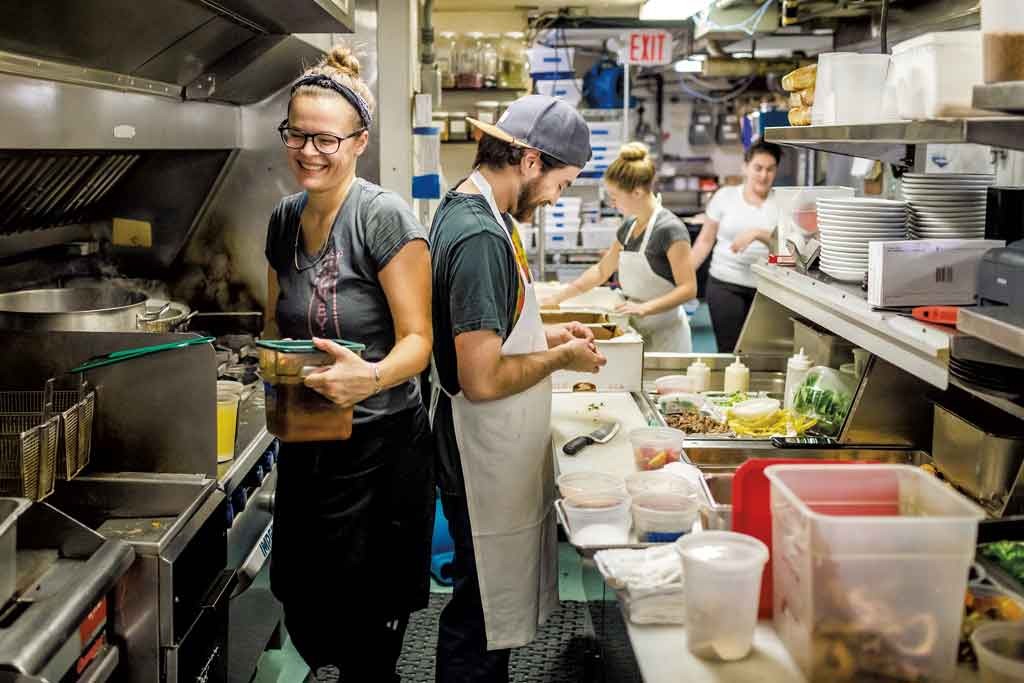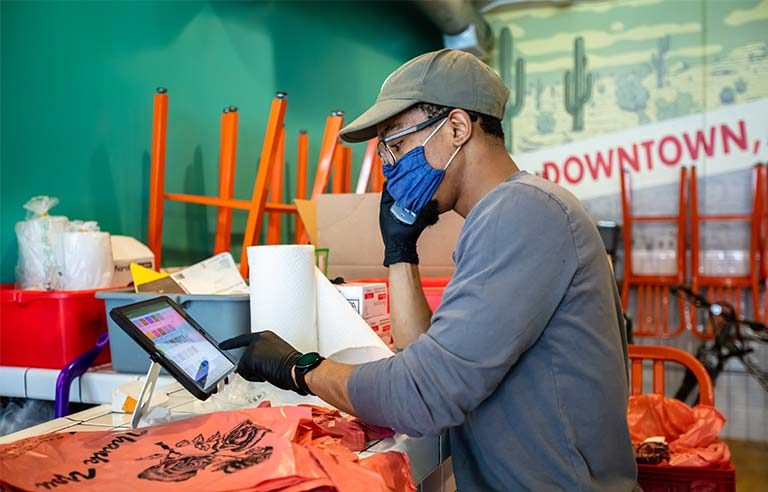I think the shorter answer to my question is "No, there isn't any evidence."
That's not necessarily true. We have had large-scale public events where we have traced cases back to - for example, Lollapalooza was able to trace 203 cases back to the event, which required proof of vaccination to attend, and the Sturgis motorcycle rally this past year had enough cases to qualify as a superspreader event. On top of that, there has been some studies (for example,
this one of German soccer) that showed a noticeable increase in COVID cases in the 14 days following a game.
The problem we have, especially when figuring things out in the United States, is that contact tracing has never gotten to the point where we can have good data on these things. It means our data with American events is missing a ton of data in general.
What I think we can put together is the following ideas:
- Large scale, single event gatherings (i.e. major sporting events or music festivals) are a bigger vector for infection and transmission than continuous-operation services, likely because COVID protections are taken more seriously at the continuous-operation places.
- Outdoor transmission is much lower than initially believed, but it is not 0. The reason the single events are having more cases than something like Disneyland is that people are packed into the location, are fairly close, and usually are doing some sort of screaming and singing.
- Masks work, but on top of that even putting basic effort towards COVID safety is proving effective, not just in limiting transmission but I would guess it is scaring away people who are higher-risk, either due to preexisting conditions or because they are anti-mask/vax and don't want to deal with restrictions.
These are some basic thoughts, but hopefully it provides some context.





